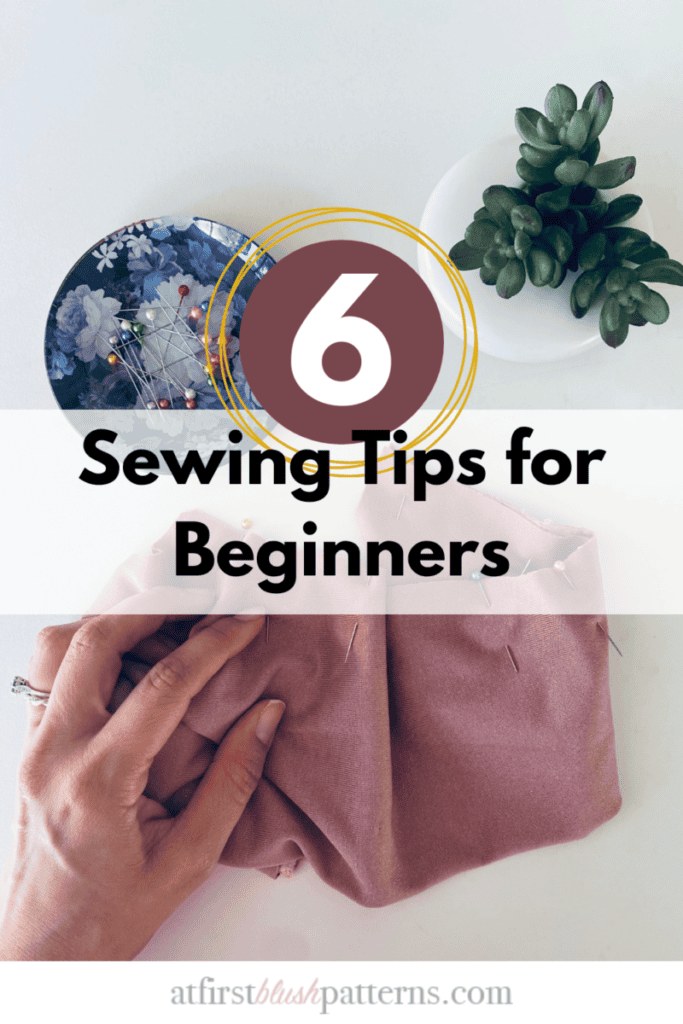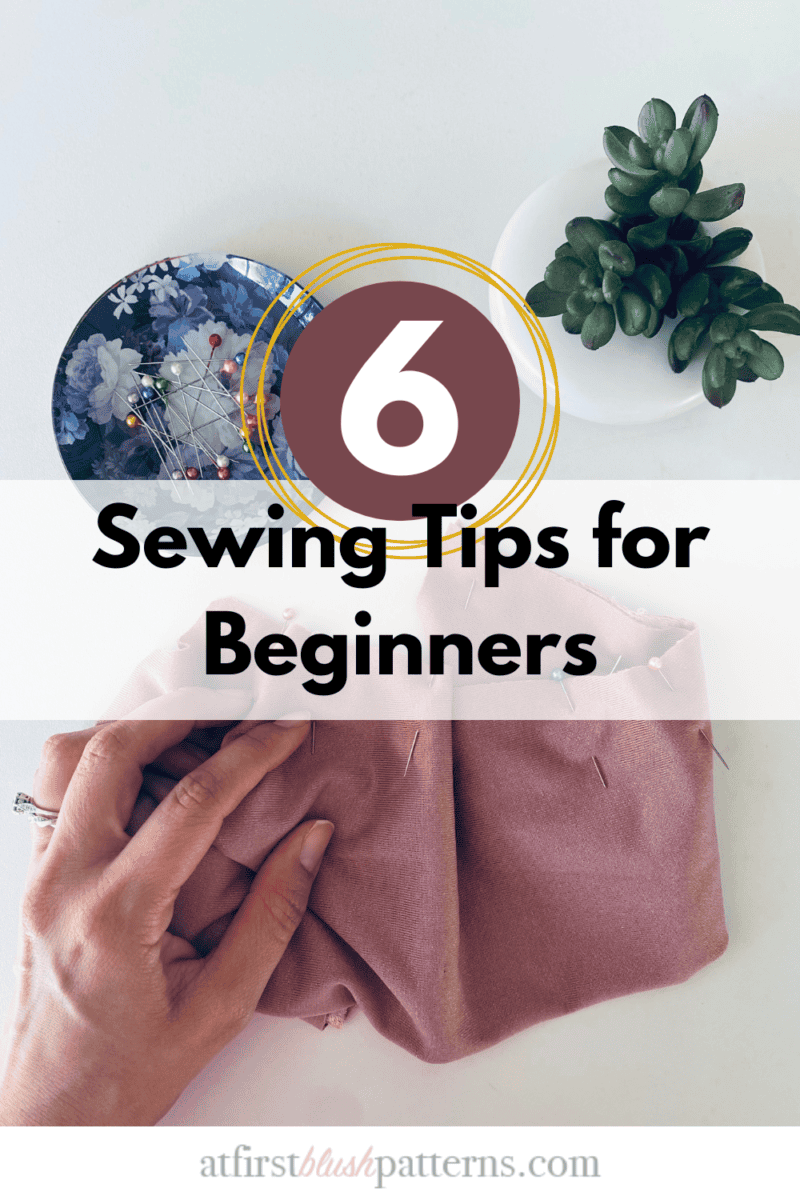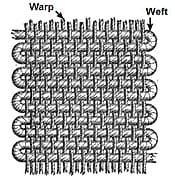There are a lot of wonderful resources to help beginners learn to sew available online, print, or at your local fabric store. Keep all those tips in mind! I have decided to put together a list of sewing tips for beginners that I don’t see as often but they are super important.
Sewing tips for beginners can range from what kind of machine and tools to buy, where to get fabric, who has the best beginner sewing patterns… and so. In this article, I will touch on other knowledge based aspects for learning to sew. More importantly, I want to emphasize that sewing is a practice, it’s a work in progress and you will get better and better the more you sew.
Check out my six sewing tips for beginners that no one tells you but should! With this knowledge and the abundance of knowledge available on this subject matter I think you’ll be on the path to success. Regardless, just keep trying, have fun and be ok with mistakes.
This post contains affiliate links. When you click and make a purchase from these links, we might get a commission. It doesn’t cost you anything extra!
You will mess up – but that’s ok.

Sewing is a practice which means you are always learning regardless of your experience level. Believe it or not even the most experienced sewists mess up. What is wonderful about messing up is learning from your mistakes. Ultimately, it makes you a better sewist and it gives you experience to get better. Don’t worry about messing up. Only worry about trying your best and keep trying.
Sew a project with woven fabric such as cotton – think PJs, pillowcase, tote bag.
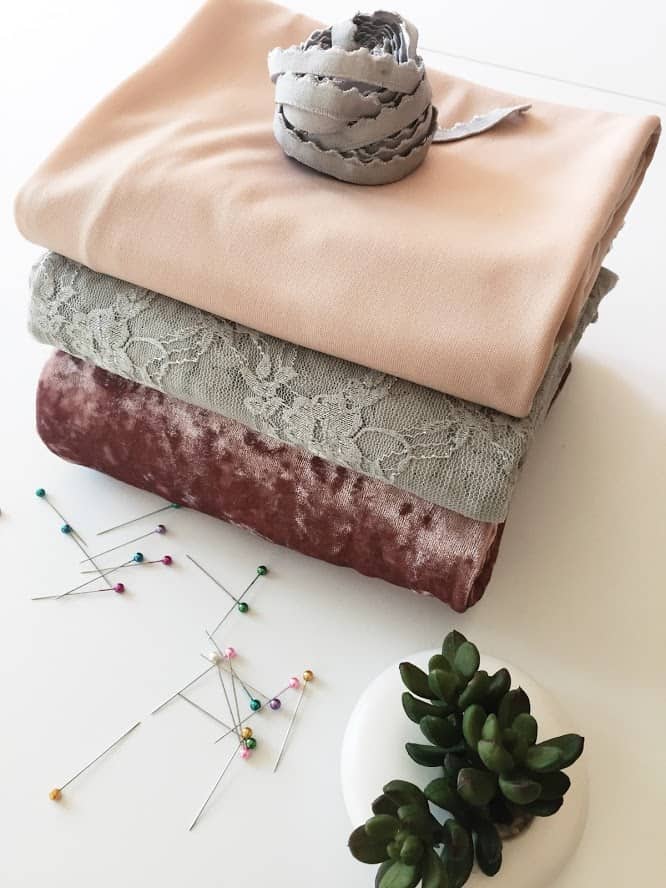
When you start out sewing you will be amazed at all the beautiful fabric available to you. Not all fabric is equal and your sewing machine will make sure you know that. For this reason, it is recommended that you use woven, non-stretch fabrics such as cotton for your first few attempts. Using fabrics like this will help you get a hang of your machine while helping you gain your style for controlling your fabric. Of course you are free to jump into knit fabrics first if you want but if you don’t know how to control the stretch while sewing your project will likely turn out distorted. Try out a tote bag or a pillowcase. You can even use an old bed sheet for your fabric- don’t think too much about it. Just try.
Read your sewing machine manual, watch a video tutorial on how to use a sewing machine or take a class.

It takes time to really get a hang of your sewing machine. It’s important to become familiar with how to thread the machine, wind a bobbin, and read stitches. Once you have this down you will be more equipped to handle troubleshooting when something does inevitably go wrong. It is a machine after all. You will also have a better understanding of what you are reading in your sewing machine manual once you conquer those basic skills. If you are very serious about sewing I would highly recommend taking a class at a local fabric shop so you can get hands on help. There are plenty of online resources but connecting with a sewing expert in person is beyond valuable.
Understand fabric – weft and warp
Fabric is woven from two sides: Weft and Warp.
Weft: (in weaving) the crosswise threads on a loom over and under which other threads (the warp) are passed to make cloth. (dictionary.com)
Warp: (in weaving) the threads on a loom over and under which other threads (the weft) are passed to make cloth. (dictionary.com)
Understanding how a fabric is woven is important in sewing because it affects the structure and the strength of the fabric among other qualities. This knowledge will help you understand how to cut and sew fabric to maintain the structure for a high quality, functional garment. Some sewing patterns will refer to these terms to help you navigate your fabric. You will also use this knowledge if you are designing your own clothing or other sewing projects without a pattern.
Invest in a good seam ripper and snippers
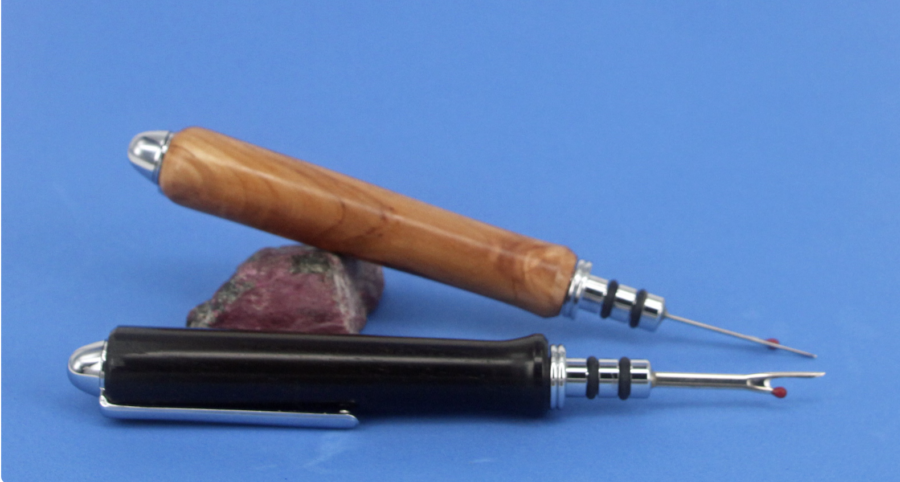

A good seam ripper and sharp pair of snippers are a sewists best friends. I guarantee you will use the seam ripper more than you would like and you will always use your snippers. Purchase nice quality tools. They will save you time, money and frustration in the long run.
Learn how to read sewing patterns

When you are first learning to sew you might look at a sewing pattern and think you might as well be reading a different language. Not to worry though- it’s actually very simple. A good sewing pattern will tell you what you are cutting, what direction to cut in, if you need to cut on a fold and how many pieces to cut out. There are numerous articles and videos to help you figure this out. Just keep it simple. 🙂
Happy Sewing!
Pin for Later!
